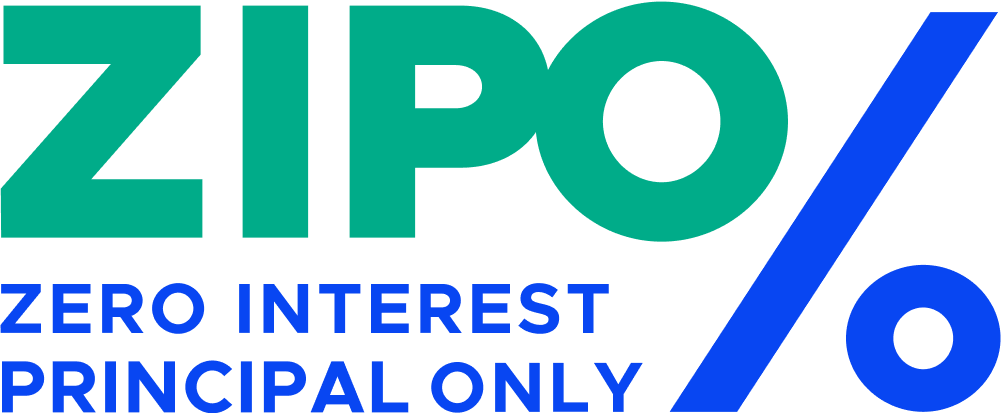NEWS
Is Free College a Legitimate Possibility in the Future?
The concept of free college has been tossed about by politicians and voters over the years, but it has recently gained acceptance as a true possibility. The rising cost of a college education has caused many people to question the acceptability of forcing students to take out high loans at a vulnerable time in their lives when they should be building financial stability and not setting themselves up for a future of owing lenders.
In recent times, we’ve seen President Joe Biden place free college as a priority for his platform, and the First Lady has been fighting for it for years. Now, the issue isn’t any longer just being considered a Democratic stance. Many Republicans are also encouraging higher education reforms that could allow up-and-coming college students to enjoy an affordable education.
While political leaders all have their opinions, it helps to look at the science behind it all. Figuring out if free college is a legitimate possibility in the future is easier when you take a look at a model of what happens when students are provided with financial assistance to fund their education.
What Is the Milwaukee Degree Project?
In 2009, The Degree Project was developed as a partnership between the Milwaukee Public School System and a non-profit organization called Ascendium. The program offered each first-time ninth-grader in the school up to $12,000 as funds that they could use after using up any free federal financial aid that they were eligible to receive. To be part of the project, each student had to meet the requirements of graduating high school on time and with at least a 2.5 GPA. Students were also required to have a classroom attendance rate of 90%.
The project was announced to the students in 2011, and each one was provided with encouragement and assistance from counselors to help them prepare to meet the requirements and apply for enrollment in two or four-year educational programs at public colleges in Wisconsin.
What Were the Results of the Project?
The data from the students were collected and anonymized over a period of eight years to develop a track record documenting their high school, college and life outcomes. Their results were then compared to a control group of students who were not eligible to participate in the program.
The project found that the students who were able to meet the performance requirements for funding had a three-point increase in their graduation rates from two-year colleges. Keeping in mind that half of the control group didn’t even finish high school helps to heighten the impact of this increased rate. When you look at the ninth-grade cohort as a whole, this leads to a 25% increase in college graduation rates at the two-year level.
What Other Takeaways Did the Project Provide?
Interestingly, The Degree Project had a predictable effect on the colleges that students chose. The $12,000 combined with federal funding essentially made attending a two-year college free for these primarily low-income students while making four-year colleges more affordable. As a result, the majority of the students opted for a two-year college that allowed them to receive a degree without having to take out loans.
In the end, the project didn’t have a major effect on high school outcomes, but it did demonstrate that making college a feasible option can help students see the purpose of preparing themselves for a post-secondary education. Students who did proceed to college had increased completion rates that could reflect what happens when students aren’t worried about paying for their education.
While free college might still be in the early stages of planning, we can still help students in need lower the cost of their education by continuing to demand zero-interest loans. The future of many of our nation’s most vulnerable students depends upon it, and the sky might just be the limit to what they can achieve when we choose to invest in making higher education affordable for all.
